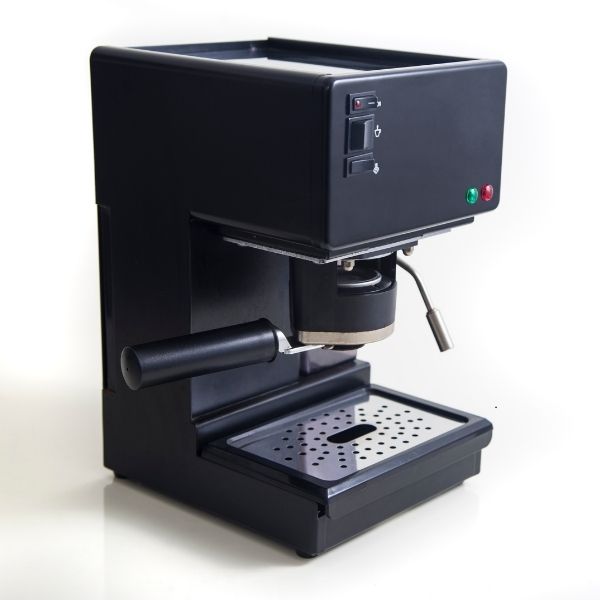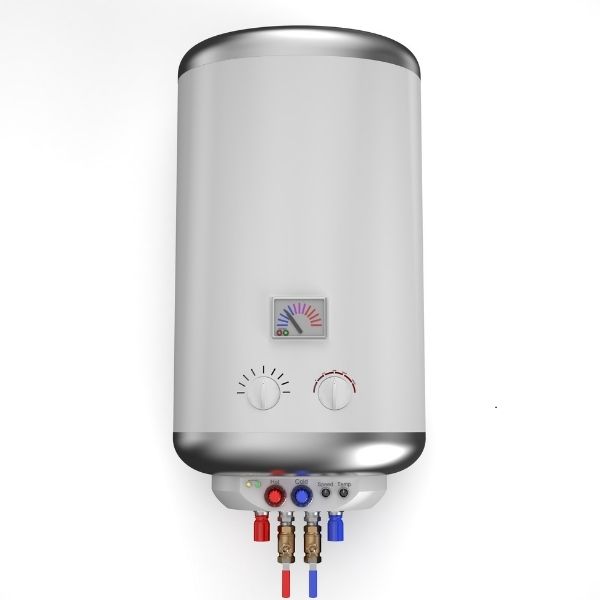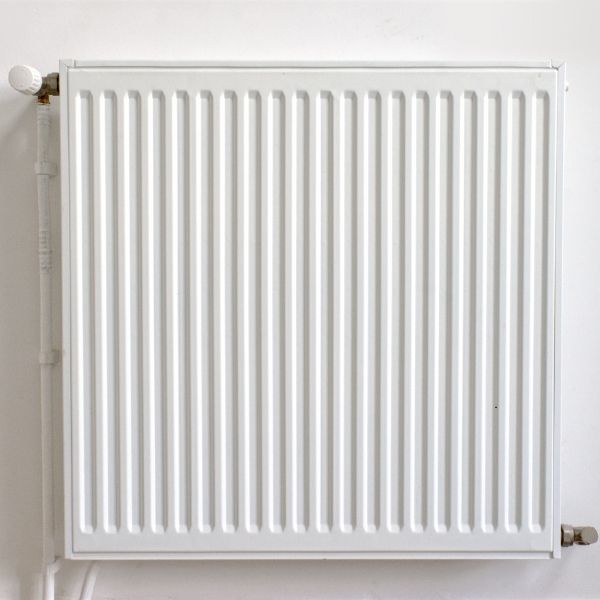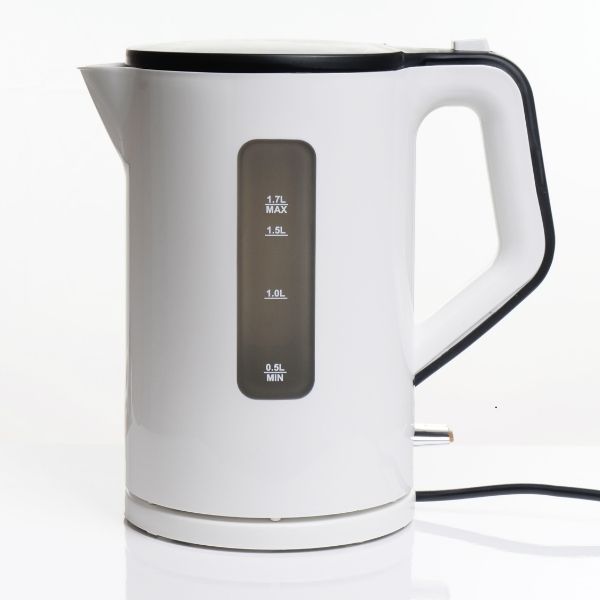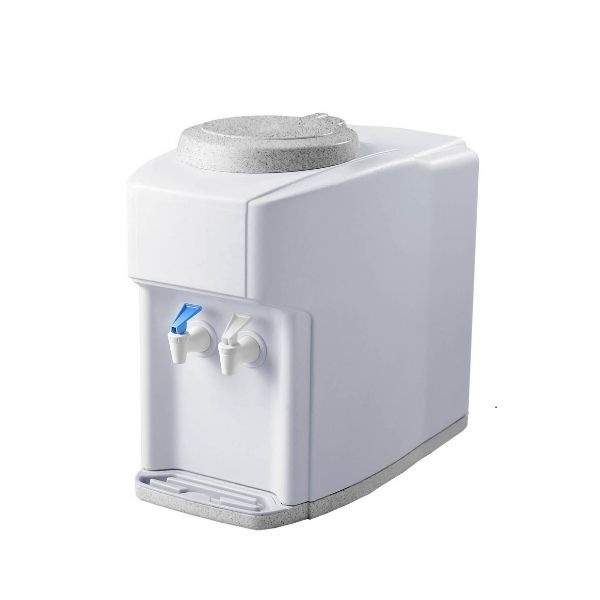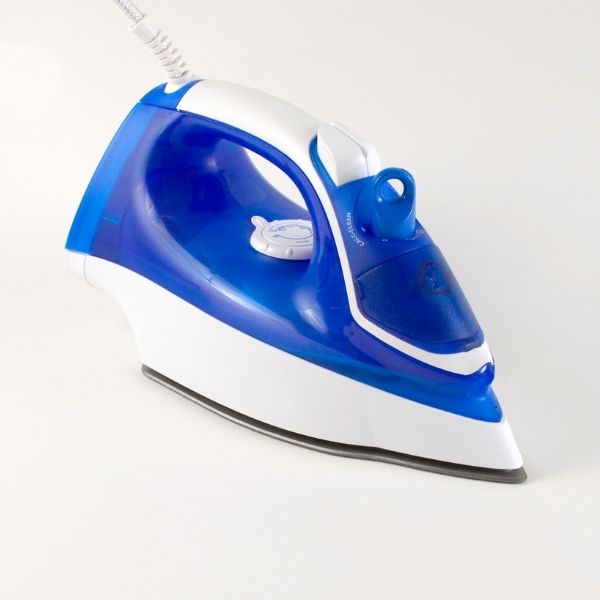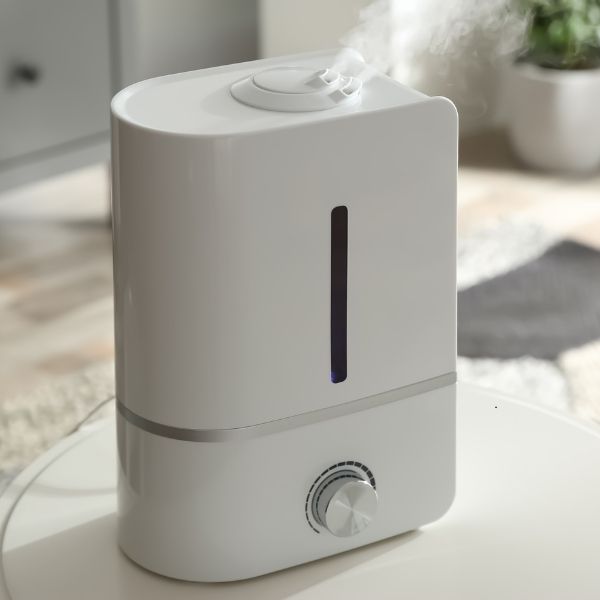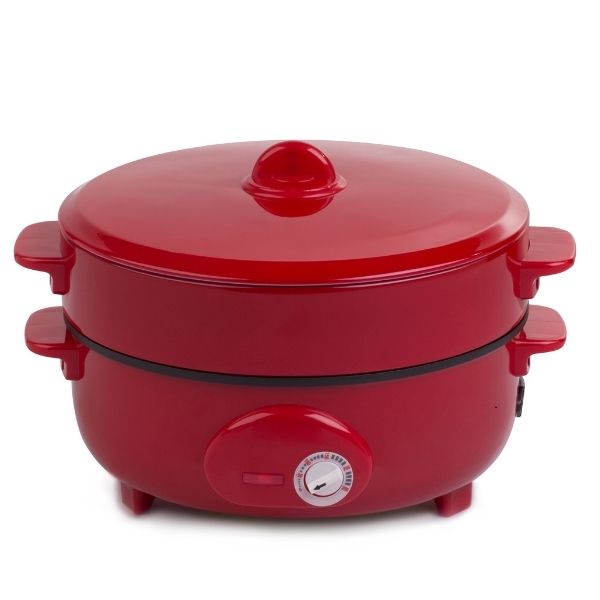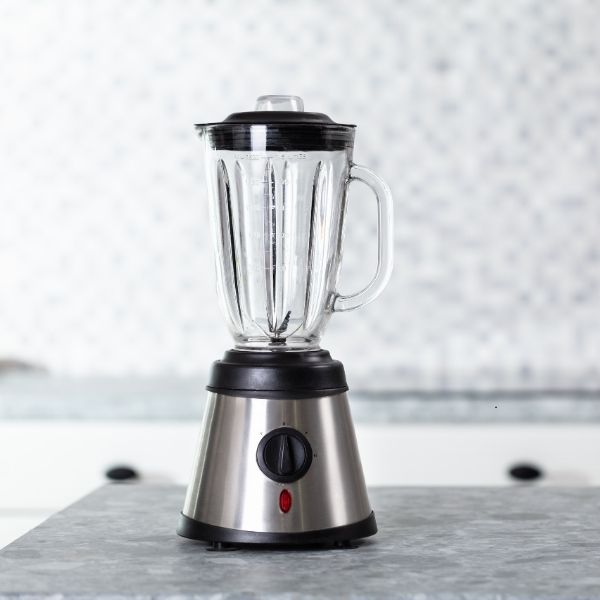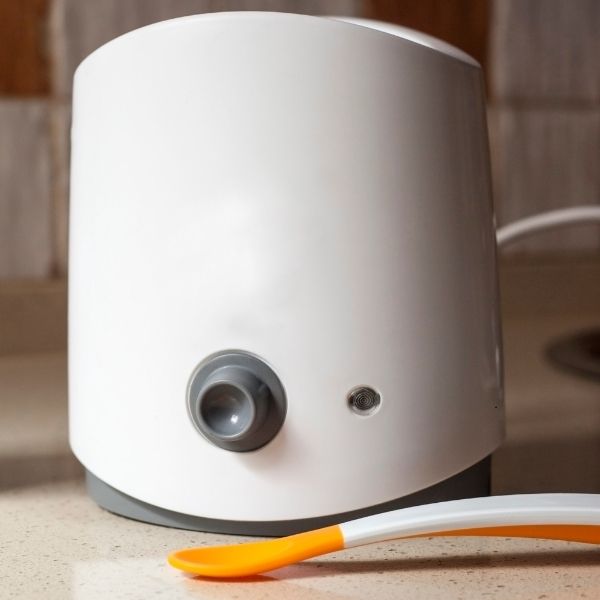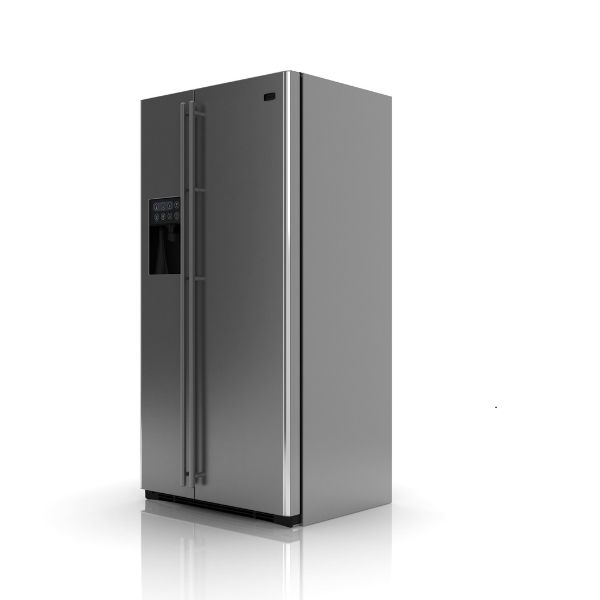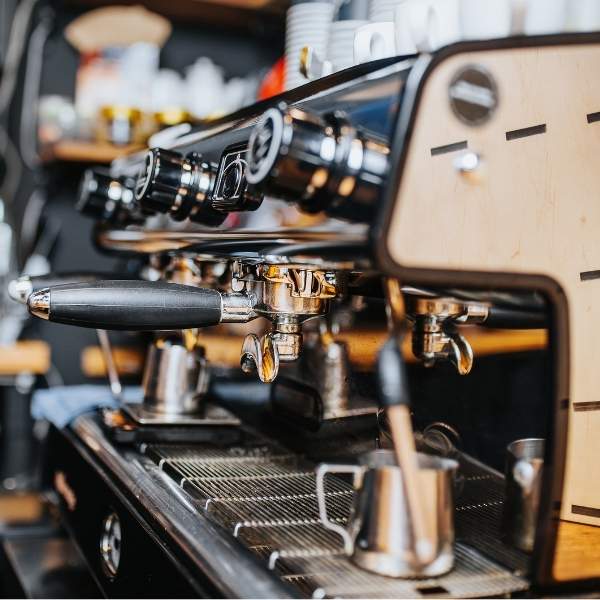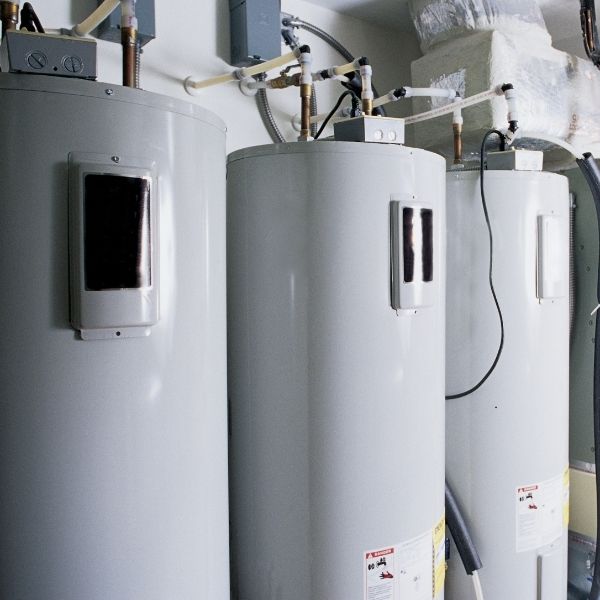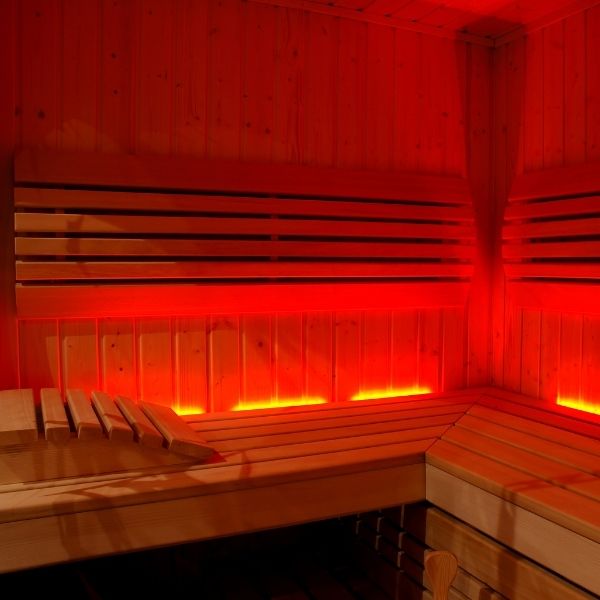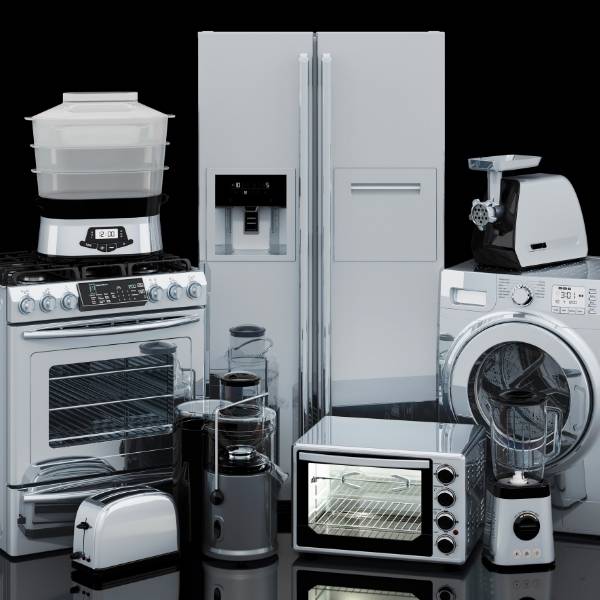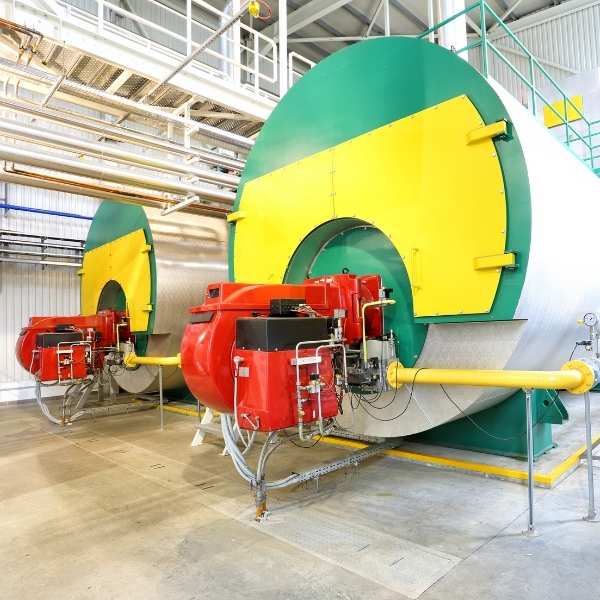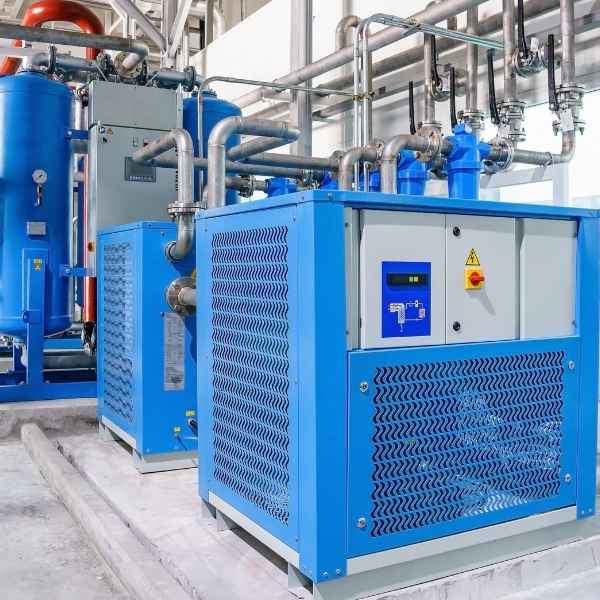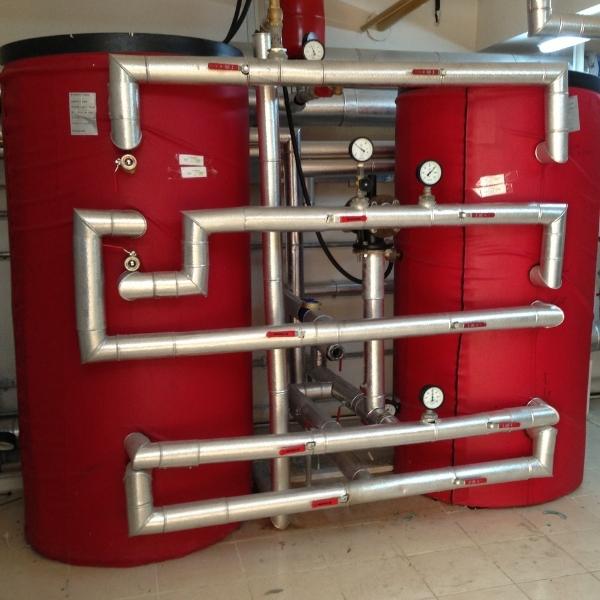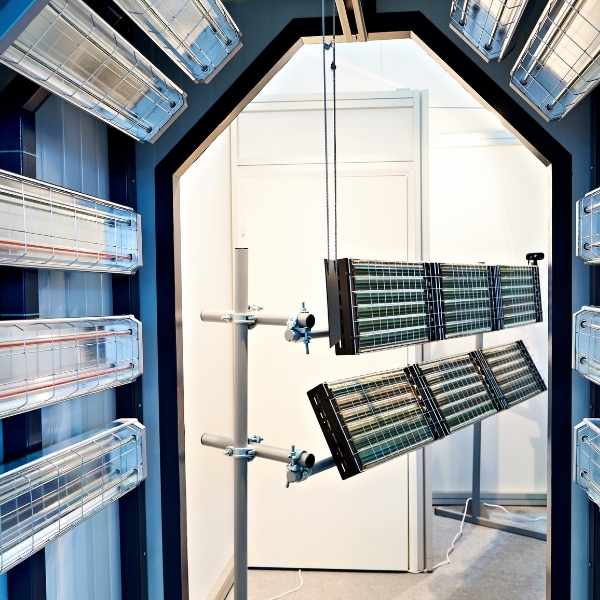Geräteheizelemente
Heating elements are the core functional components in electrical products that realize the conversion of electrical energy into thermal energy. Their design and application are deeply related to the needs of specific scenarios. According to the differences in usage scenarios, they can be divided into three categories: household appliance heating elements, commercial appliance heating elements and industrial appliance heating elements. Although all three have “heating” as the core function, they have significant differences in material selection, structural design, performance indicators and safety standards due to different application environments, load requirements and usage frequencies.
Although household appliances, commercial appliances and industrial appliances have the core function of converting electrical energy into thermal energy, they have formed a clear distinction in materials, design and performance indicators due to differences in application scenarios: household appliances focus on safety and convenience, commercial appliances emphasize durability and large loads, and industries pursue customization and extreme environmental adaptability. The technological evolution of the three types of components has always revolved around “scenario requirements”, driving heating technology to develop in a more efficient, reliable and intelligent direction.
Heating elements for household appliances
Household appliance heating elements are electric energy conversion components used in daily household appliances to achieve specific heating functions. Their core goal is to meet the needs of household users for “safety, efficiency and convenience”. This type of component is widely used in common household appliances such as electric water heaters, rice cookers, electric heaters, microwave ovens, coffee machines, etc., and needs to achieve precise temperature control and uniform heating in a limited space, while complying with strict household safety standards (such as 3C certification).
From the perspective of materials, household heating elements mostly use nickel-chromium alloys (such as Cr20Ni80 heating wires), PTC (positive temperature coefficient) ceramics, quartz tubes, etc. Among them, nickel-chromium alloys are often used in electric blankets and electric heaters due to their low cost, high resistivity, and good processing performance; PTC ceramics have become the first choice for electric water heaters, hair dryers, and other scenes that need to prevent dry burning due to their automatic temperature limiting characteristics (resistance increases sharply and power decreases when the temperature is too high); quartz tubes are mostly used for local high-temperature heating in ovens and heaters due to their small thermal inertia and uniform heating.
In terms of design, household heating elements need to take into account both miniaturization and safety: for example, the heating plate of the rice cooker (usually an aluminum substrate + heating wire/PTC composite structure) needs to fit the curvature of the inner pot to ensure uniform heating; the heating base of the electric kettle needs to integrate a thermostat and anti-dry burning protection to avoid the risk of empty burning. In addition, household scenes are sensitive to noise and energy consumption, so the components need to optimize thermal efficiency (such as reducing thermal radiation loss) and reduce operating noise (such as avoiding the abnormal sound of the heating wire due to violent expansion). In typical applications, the heating element of the electric kettle needs to boil 1.5L of water within 3-5 minutes, and the power is usually controlled at 1500-2000W, taking into account efficiency and household power load restrictions.
Electric heating element for coffee machines: rapid heating, constant temp control, ensures extraction quality.
Electric water heater element: rapid heating, precise temp control, ensures steady hot water.
Electric heater element: rapid heating, efficient thermal radiation, ensures ambient warmth.
Electric kettle element: rapid heating, precise temp control, ensures quick boiling.
Electric dispenser element: rapid heating, precise temp control, ensures instant hot water.
Electric humidifier element: rapid heating, efficient evaporation, maintains optimal humidity.
Electric hot pot element: rapid & uniform heating, maintains consistent temperature.
Electric blender element: rapid heating, uniform thermal distribution, ensures smooth heated blends.
Electric heater element for refrigerator: efficient defrosting, reliable, maintains cooling performance.
Heating elements for commercial appliances
Commercial appliance heating elements serve commercial places such as catering, hotels, beauty salons, etc., and need to cope with the scene requirements of long-term continuous operation, high-frequency use and large-load output. The core requirements are “high durability, stable power output and low maintenance cost”. Typical applications include commercial electric ovens, electric water heaters, commercial microwave ovens, ice machines, laundry dryers, etc., whose working intensity is usually several times or even dozens of times that of household equipment (for example, the average daily heating time of commercial electric water heaters can reach more than 12 hours).
In terms of material selection, commercial heating elements emphasize high temperature resistance, corrosion resistance and mechanical strength. For example, the electric heating tubes of commercial electric ovens are mostly wrapped with stainless steel shells (such as 304 stainless steel) to wrap nickel-chromium alloy heating wires, and the outer layer is coated with high-temperature resistant insulating glaze to cope with the high temperature environment of 200-300℃ in the oven and the corrosion of food oil stains; the evaporator heating elements of commercial ice machines need to use titanium alloy or copper materials to avoid salt water corrosion; the heating plates of large commercial electric water heaters often use thick film heating technology (such as ceramic thick film circuits) to reduce local thermal stress and extend life through large-area heating elements.
At the design level, commercial heating elements must meet the requirement of “continuous operation without attenuation”: for example, the heating tubes of commercial electric ovens must pass a high-temperature aging test of more than 48 hours to ensure that the power attenuation does not exceed 5%; the heating elements of commercial laundry dryers must be integrated with heat dissipation fins or forced air cooling structures to avoid overheating and damage to the components due to continuous high-power operation. In addition, commercial scenarios also have higher requirements for energy efficiency (for example, some countries require commercial appliances to achieve first-level energy efficiency), so the components need to optimize thermal conversion efficiency (such as reducing thermal bridge losses) and achieve precise temperature control through intelligent temperature control systems (such as PID algorithms) to avoid energy waste. A typical example is the heating element of a commercial electric frying stove, which needs to heat the pot to above 300°C within 3 minutes, and the power fluctuation is less than 3% after working continuously for 8 hours to meet the needs of high-intensity cooking.
Commercial coffee machine element: rapid heating, high-load durable, consistent temp for quality.
Commercial water heater element: rapid heating, high-load durable, consistent hot water supply.
Electric sauna element: rapid heating, high-temp resilient, uniform heat for optimal sauna experience.
Electric kitchen equipment element: rapid heating, uniform thermal distribution, meets diverse cooking needs
Heizelemente für Industriegeräte
Industrielle elektrische Heizelemente sind Kerngeräte für die Fertigungs-, Chemie-, Energie-, Metallurgie- und andere Industriezweige. Ihre Konstruktion muss die Anforderungen an „hohe Zuverlässigkeit, präzise Temperaturregelung und lange Lebensdauer“ unter extremen Arbeitsbedingungen (wie extrem hohen Temperaturen, hohem Druck, starker Korrosion und hoher Staubbelastung) erfüllen. Sie sind unverzichtbare Schlüsselkomponenten im industriellen Produktionsprozess. Anwendungsszenarien umfassen die Beheizung von Kunststoffextrudern, die Wärmebehandlung von Metallen (z. B. Induktionsabschrecken), die Beheizung von chemischen Reaktoren, die Beheizung von Ölraffinerien und präzise Temperaturregelsysteme in der Halbleiterfertigung.
In Bezug auf die Materialauswahl müssen industrielle Heizelemente an die spezifischen Arbeitsbedingungen angepasst werden: Beispielsweise werden Induktionsheizelemente für die Wärmebehandlung von Metallen (wie Induktionsspulen) meist mit rechteckigen Kupferrohren umwickelt, deren Oberfläche vernickelt ist, um Oxidation zu verhindern, und mit Kühlwassersystemen verwendet, um die durch Hochfrequenzströme erzeugten hohen Temperaturen zu bewältigen; das elektrische Heizmodul des chemischen Reaktors muss eine Heizplatte aus Polytetrafluorethylen (PTFE) oder Keramik verwenden, um starker Säure- und Alkalikorrosion standzuhalten; das Heizelement des Hochtemperatur-Vakuumofens muss feuerfeste Metalldrähte wie Wolfram und Molybdän (wie Wolframdraht) verwenden, da es aufgrund seines hohen Schmelzpunkts (Wolframschmelzpunkt 3410 °C) in einer Vakuumumgebung über 2000 °C stabil arbeiten kann.
Industrielle Heizelemente müssen hinsichtlich ihres Designs eng in die Industrieanlagen integriert werden, um kundenspezifische Anforderungen zu erfüllen: So werden beispielsweise bei der Zylinderheizung von Kunststoffextrudern üblicherweise segmentierte Heizelemente verwendet (z. B. mit Glimmerfolien umwickelte elektrische Heizdrähte), und jeder Abschnitt wird unabhängig mit einer Genauigkeit von ±1 °C temperaturgeregelt, um ein gleichmäßiges Schmelzen des Kunststoffs zu gewährleisten; die Strahlungsrohrheizelemente von Walzöfen in Stahlwerken müssen als austauschbare Struktur konzipiert sein, um eine einfache regelmäßige Wartung zu ermöglichen; die Heizelemente von Präzisionsglühöfen für Halbleiter müssen Wolfram-Molybdän-Legierungsstreifen mit Inertgasschutz verwenden, um Metallverunreinigungen zu vermeiden. Darüber hinaus gelten in industriellen Szenarien extrem hohe Sicherheitsanforderungen (z. B. Explosionsschutz und Auslaufsicherheit), sodass die Komponenten die ATEX-Explosionsschutz-Zertifizierung (für explosive Umgebungen) bestehen oder einen Zweikreis-Temperaturregelungsschutz (z. B. Haupttemperaturregelung + Reservetemperaturregelung) verwenden müssen, um Unfälle durch Temperaturschwankungen zu verhindern. Ein typisches Beispiel ist der in der Ölindustrie verwendete elektrische Rohrleitungsheizer, der hochviskoses Rohöl bei einer Umgebungstemperatur von -40 °C bis 150 °C kontinuierlich erhitzen muss. Die Komponenten müssen über Frostschutz- und Verkokungsschutzeigenschaften verfügen und die geplante Lebensdauer beträgt in der Regel mehr als 10 Jahre.
Industrielles Warmwasserbereiterelement: schnelle Erwärmung, hohe Belastbarkeit, dauerhafte, konstante industrielle Warmwasserversorgung.
Industrielles Lufterhitzerelement: Hohe Belastbarkeit, langlebig, gleichmäßige Erwärmung, sorgt für eine konstante Warmluftzufuhr.
Heizelement des Kessels: hochbelastbar, langlebig, schnelles Aufheizen, sorgt für konstante Wärmeleistung.
Elektrisches Trocknungsgerätelement: Schnelles Aufheizen, gleichmäßige Wärmeverteilung, sorgt für eine effiziente Feuchtigkeitsentfernung.
Siehe ein individuelles Angebot
Wenn Sie uns genaue Angaben zu den Bedarfsparametern machen können, können wir Ihnen frühestens innerhalb von 24 Stunden ein Angebot unterbreiten.
Dies sind Listen mit häufig gestellten Fragen unserer Kunden. Zu jeder Frage finden Sie eine kurze Antwort, die Aspekte wie Produkte, Qualität und Dienstleistungen abdeckt. Wenn Sie weitere Fragen haben, hinterlassen Sie uns bitte eine Nachricht zur Rücksprache. Wir danken Ihnen.
Wir sind eine Quellenfabrik mit unabhängiger Produktionskapazität, mit 40 Jahren Erfahrung in der Forschung und Entwicklung und Herstellung von elektrischem Heizungszubehör, einer jährlichen Produktionskapazität von über 5 Millionen Sätzen, unterstützen OEM/ODM-Kundenanpassungen und bieten Videoinspektionsdienste in der Fabrik.
Wir unterstützen kostenlose Mustertests, und die Fracht muss im Voraus bezahlt werden (wird bei Lieferung abgeholt). Herkömmliche Modelle werden in 7-10 Arbeitstagen geliefert, mit SGS-Prüfberichten und Tabellen mit Leistungsparametern.
Online-Antwort von 8:30 bis 17:30 Uhr an Werktagen. In dringenden Fällen können Sie einen Arbeitsauftrag über die offizielle Website einreichen. Wir versprechen, technische Antworten innerhalb von 2 Stunden zu geben und Lösungen innerhalb von 48 Stunden bereitzustellen.
Wir verfügen über zwei Produktionsstätten in Zhongshan und Wuhu mit einem monatlichen Ausstoß von mehr als 3 Millionen Stück, die mit vollautomatischen Stanzlinien und automatisierten Montagewerkstätten ausgestattet sind. Die Standardlieferzeit beträgt 15 Tage, und kundenspezifische Bestellungen werden innerhalb von 30 Tagen geliefert. Wir unterstützen Chargenlieferungen.
Wir verfügen über die Zertifizierungen ISO9001/14001, CE (EU), ETL (Nordamerika), RoHS (Umweltschutz), explosionssichere Produkte sind doppelt ATEX/IECEx-zertifiziert und erfüllen die REACH-Vorschriften.
Wir beliefern weltweit führende Marken wie Philips, Midea, Supor, Delonghi, BSH und die SEB-Gruppe, deren Produkte in High-End-Projekten wie Kaffeemaschinen, Bügeleisen, Wasserspendern und Solaranlagen eingesetzt werden, und können eine Referenzliste ähnlicher Kunden vorlegen.

